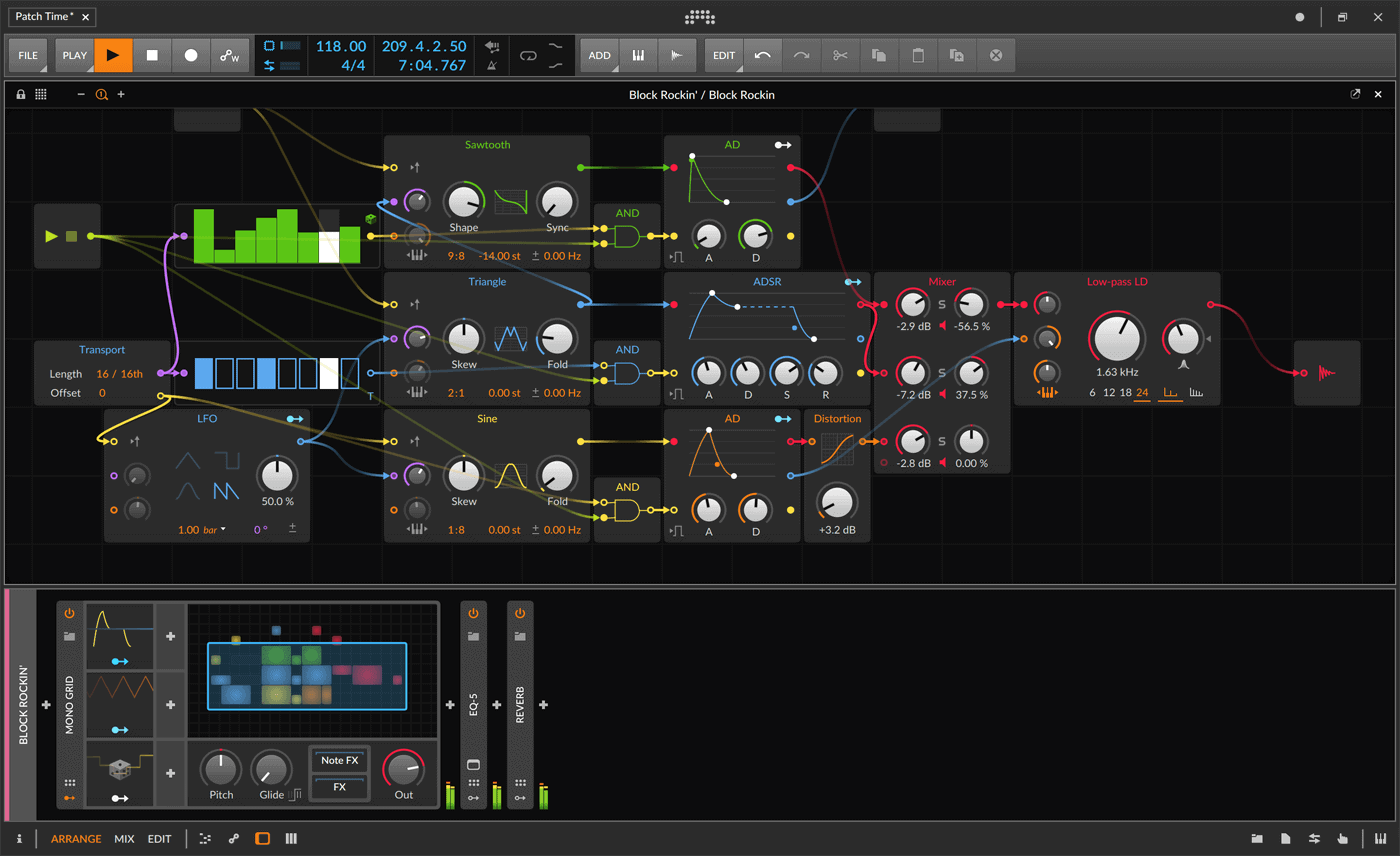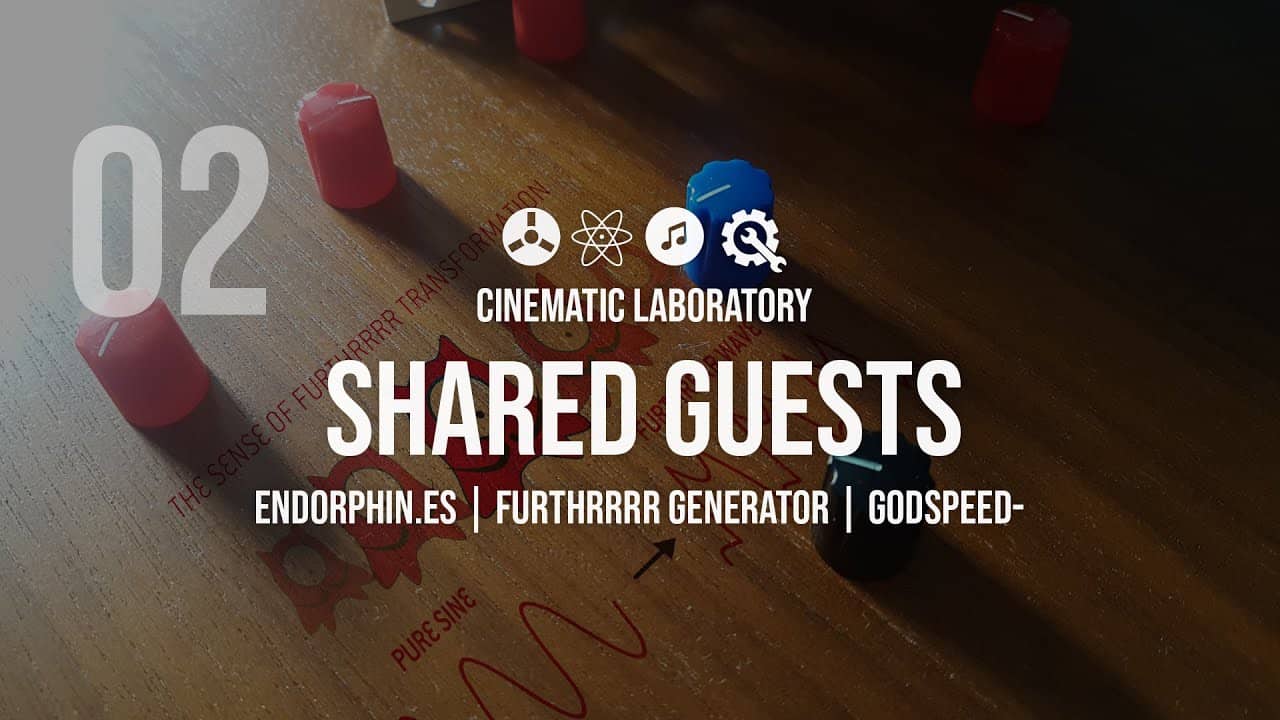Mutable Instruments Launches 2020 Version of Ripples & Shades
After some quiet time or really everyone waiting for the next module from the excellent boutique manufacture Mutable Instruments the company launched a 2020 Version of their existing modules Ripples & Shades.
Shades – Attenuator/offset/mixer
Shades provide 3 channels of audio/CV processing which can be configured either as active attenuators or as attenuverters. This 2020 revision matches the design language used in the most popular and recent Mutable Instruments modules like Marbles, Plaits, or Rings.

Shades Specifications
- Input impedance: 100k.
- All inputs DC-coupled.
- Low-distortion audio op-amps and thin film 0.1% resistors improve transparency in audio mixing applications and allow exact unitary gains for precision summing of pitch CV signals.
- Stable and precise voltage reference, independent of power supply fluctuations.

Shades as a Companion
- Control with knob parameters of other modules that are only accessible through CV inputs (like Just Friends’ RUN or the Dixie’s PW)
- Attenuate/invert CVs sent to modules that do not have attenuverters on their CV inputs
- Transpose the output of a sequencer without compromising V/O tracking
- Mix audio sources or CVs
- dd offsets to CVs, or change their polarity
Ripples Liquid filter
Ripples is a classic, big-sounding analog four-pole filter in a small 8-HP package. Over the years it has earned its reputation as a no-fuss, elegant choice. Ripples has two input paths: one with a drive control, allowing the signal to be distorted (or providing enough gain for the processing of line-level signals), and the other totally transparent, preserving the clean-sounding character of the original version of the module.











